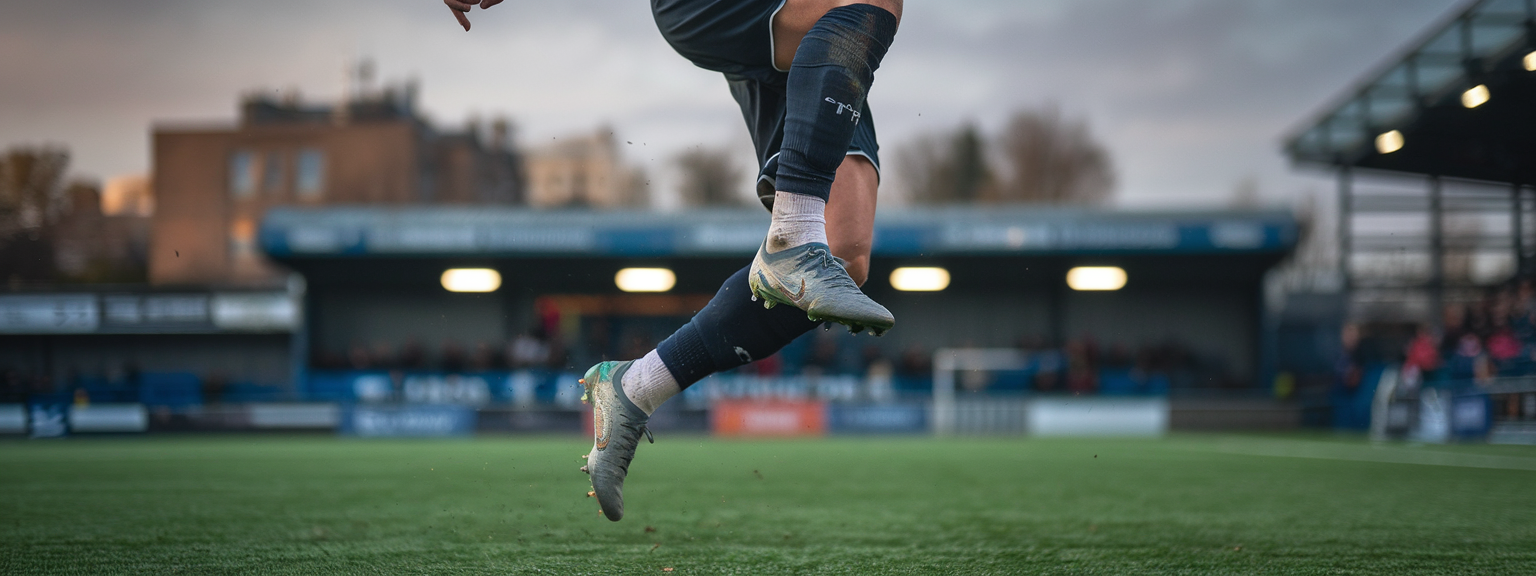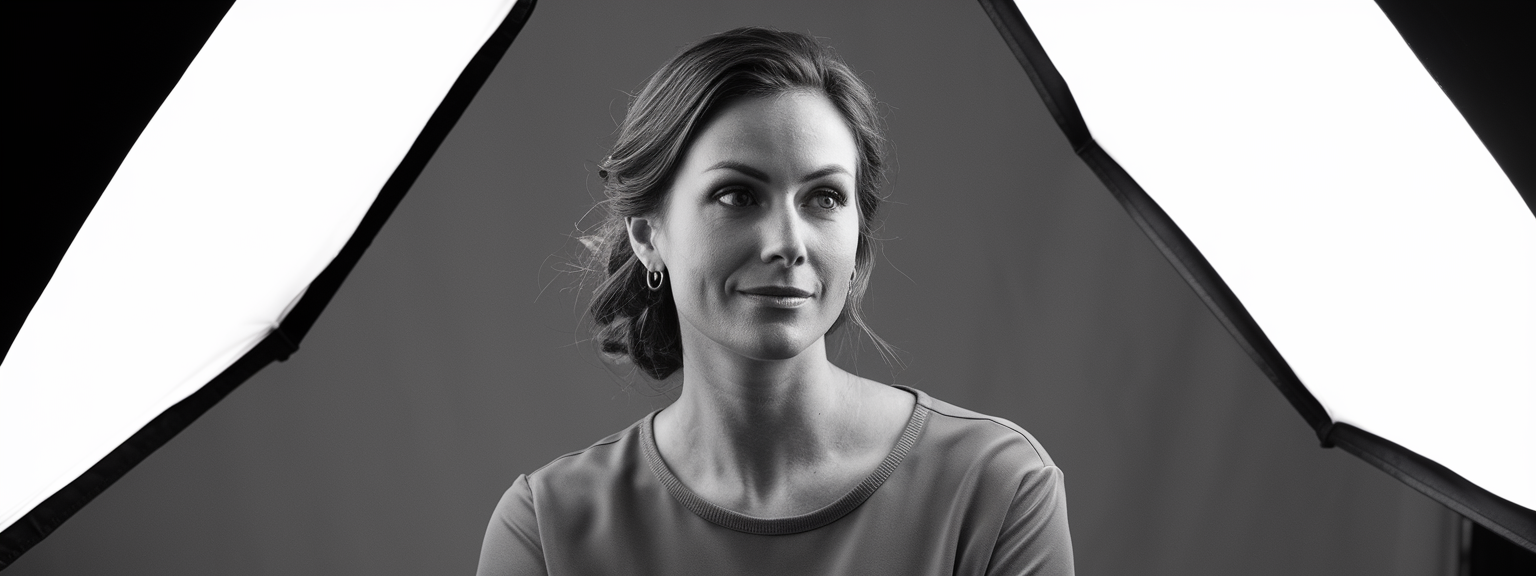Exploring the World of Macro Shots: Techniques and Tips

Macro Shots have opened up a world of intricate details in photography, revolutionizing close-up photography with advanced Macro Photography Techniques. In this comprehensive guide, we explore Macro Shots in depth, providing expert insights, equipment advice, and practical tips that cover everything from flower macro shots to insect close-ups.
📝 Step-by-Step Guide: Macro Shots Techniques
Step 1: Understanding Your Equipment
Before diving into Macro Shots, it is crucial to understand your equipment. A DSLR or mirrorless camera with manual controls is ideal for Macro Shots, giving you precise control over exposure, focus, and ISO. Invest in a dedicated macro lens that enhances your close-up photography, such as a 100mm lens, which is excellent for both flower macro shots and insect close-ups.
- Camera: Ensure it supports manual mode for control over detailed images.
- Macro Lens: A specialized lens that allows you to capture minute details.
- Accessories: Consider using a tripod, macro ring light, and focus stacking tools to improve your results.
Step 2: Setting Up Your Camera
Configure your camera settings to suit Macro Shots. Switch to manual mode and start with a wider aperture (e.g., f/2.8 – f/4) for ample light, then adjust for deeper depth-of-field if needed. Manual focus is recommended to ensure your subject is sharp and detailed. When shooting Macro Shots, lighting is critical; thus, natural light in combination with diffusers or reflectors enhances the detailed images produced.
Step 3: Focusing on Your Subject
Precise focus is essential in Macro Shots as even the slightest misalignment can affect the clarity of your subject. Utilize focus stacking techniques to merge multiple exposures and achieve optimum sharpness, especially important in close-up photography where every minute detail counts.
Step 4: Composing Your Macro Shot
Composition is key in effective Macro Shots. Apply the rule of thirds to position your subject, experiment with different angles, and ensure the background is uncluttered to highlight your subject. Whether you are capturing flower macro shots or intricate insect close-ups, thoughtful composition can elevate the look of your images.
Step 5: Capturing and Reviewing Your Shot
Once you have set up your Macro Shots, take multiple images using techniques like bracketing to guarantee the perfect exposure. Review your images immediately to ensure everything from lens selection to lighting has contributed to the sharpness and detail required in Macro Shots.
📌 Practical Applications: Macro Shots in Photography
Application in Nature and Wildlife Photography
Macro Shots allow you to unveil detailed images of nature that often go unnoticed. For example, capturing the dew on a petal or an insect’s intricate compound eyes reveals the hidden beauty of natural subjects. Using proper lens selection and lighting techniques, you can transform common scenes into stunning displays of close-up photography.
Application in Product Photography
Close-up Photography is invaluable in product photography where every detail matters. Macro Shots can highlight textures and craftsmanship in products like jewelry, watches, and electronics, making them appealing in advertising and e-commerce. Detailed images lead to a better portrayal of quality and design.
Application in Scientific and Educational Fields
Macro Shots find practical applications in the scientific realm. They are used to document biological specimens, anatomical structures, and micro-organisms for research and education. These detailed images, whether they capture flower macro shots or the scales on a butterfly wing, serve as valuable visual aids in scientific studies.
Application in Art and Fashion
In the art world, Macro Shots create unique perspectives that capture subtle details in textiles, makeup, and accessories. This form of close-up photography offers a fresh narrative in fashion editorials and creative portraits, emphasizing the beauty found in everyday details.
💡 Tips & Tricks: Macro Shots Mastery
Tip #1: Experiment with Depth-of-Field
Macro Shots naturally exhibit a minimal depth-of-field, so experiment with smaller apertures like f/11 or f/16 to capture more detail. Additionally, using focus stacking techniques during post-processing can help merge multiple Macro Shots, ensuring each part of your subject is clear.
Tip #2: Leverage Natural Lighting
Lighting plays a pivotal role in Macro Shots. Shoot during the golden hours when light is soft and warm. If natural light is insufficient for your close-up photography, consider using diffusers and reflectors to evenly illuminate your subject without harsh shadows.
Tip #3: Use a Remote Shutter Release
To minimize vibrations that can blur your Macro Shots, use a remote shutter release. This tool is particularly useful during long exposures or when using smaller apertures, ensuring that every detailed image remains sharp.
Tip #4: Master Manual Focus
Relying on autofocus can sometimes compromise the detail in Macro Shots. By manually focusing on the desired area—whether it is a dew drop on a flower or the pattern on an insect’s exoskeleton—you gain full control over your subject’s sharpness.
Tip #5: Maintain Clean Equipment
A clean lens and sensor are essential for producing high-quality Macro Shots. Regularly clean your equipment to avoid dust and smudges that could reduce the clarity of your close-up images.
📸 Sample Scenario
A Day in the Botanical Garden
Imagine you are walking through a botanical garden on a crisp autumn morning. With your DSLR loaded with a 100mm macro lens, you are prepared to capture exquisite Macro Shots that reveal every petal’s texture and dew drop sparkle. Your setup includes a tripod for stabilization, a ring light to control shadows, and a remote shutter release to prevent vibrations.
You begin by focusing on a vibrant red rose. Using live view and manual focus, you zero in on the droplets clinging to its petals, capturing flawless Macro Shots that highlight both color and detail. Then, you shift your attention to a ladybug resting on the bloom, utilizing flash and focus stacking to document its intricate structure without disturbing its natural behavior.
✅ Key Do’s for Effective Usage
Do #1: Master Your Manual Settings
Always set your camera to manual mode for Macro Shots so you can adjust aperture, shutter speed, and ISO according to your subject’s needs. This precision is especially important in close-up photography where every detail counts.
Do #2: Prioritize Stability
Stability is key in achieving sharp Macro Shots. Use a sturdy tripod and remote shutter release to eliminate any possibility of camera shake while capturing detailed images.
Do #3: Practice Patience
Macro Shots often require meticulous focus adjustments and waiting for the perfect lighting or subject moment. Patience pays off when capturing intricate details in both close-up photography and nature-inspired art.
Do #4: Experiment with Lighting
Always test different lighting setups. Both natural and artificial lighting options can play pivotal roles in producing excellent Macro Shots. Use diffusers or reflectors depending on your shooting environment.
Do #5: Embrace Experimentation
Do not be afraid to try unconventional angles and creative compositions to elevate your Macro Shots. Experimentation is essential for discovering new techniques in close-up photography.
❌ Common Mistakes to Avoid
Mistake #1: Relying Solely on Automatic Mode
Relying on automatic settings can hinder your ability to capture detailed Macro Shots. Always switch to manual mode to have full control over focus and exposure in your close-up photography.
Mistake #2: Neglecting the Background
A cluttered or distracting background can reduce the impact of your Macro Shots. Ensure that the background is simple or intentionally blurred to emphasize your subject.
Mistake #3: Insufficient Lighting
Poor lighting is a common pitfall in Macro Shots. Avoid shooting in low-light conditions without supplemental lighting or diffusers, as this leads to poor contrast and obscured details.
Mistake #4: Over-Reliance on Digital Zoom
Using digital zoom can degrade the quality of your Macro Shots. Instead, rely on optical zoom or physically move closer to your subject to maintain image clarity.
Mistake #5: Shaky Hands
Even slight movements can ruin a Macro Shot. Always use a tripod or remote shutter release to prevent blur in your detailed close-up images.
Mistake #6: Not Cleaning Your Equipment
A dirty lens or sensor diminishes the clarity of Macro Shots. Regularly maintain and clean your equipment to ensure that every image is crisp and free from dust spots.
🔄 Troubleshooting & FAQs
Q1: Why are my Macro Shots coming out blurry?
Blurry Macro Shots can result from slight camera shake or misfocused settings. Ensure you use a tripod, manual focus, and consider increasing your shutter speed. Focus stacking can also remedy slight focus issues.
Q2: How do I achieve a deeper depth-of-field while keeping my Macro Shots sharp?
A smaller aperture (higher f-stop) increases depth-of-field. In situations where this may compromise sharpness, blending multiple images with focus stacking proves effective.
Q3: What is the best lighting setup for Macro Shots?
Natural light during golden hours is excellent; however, if you are indoors or in low light, using a macro ring light along with diffusers and reflectors creates evenly lit, detailed images.
Q4: Can smartphones capture quality Macro Shots?
Although some advanced smartphones offer macro modes, a DSLR or mirrorless camera with a dedicated macro lens provides superior control over close-up photography, resulting in higher-quality detailed images.
Q5: How can I prevent sensor dust from affecting my Macro Shots?
Regular sensor cleaning and using a lens hood during outdoor photography help minimize dust on your equipment. Periodically check your device to ensure that dust does not degrade your Macro Shots.
🖼️ Bringing It All Together
Macro Shots not only capture the beauty hidden in everyday objects but also showcase the photographer’s expertise in close-up photography. By leveraging detailed techniques—from equipment selection and proper manual settings to creative composition and effective lighting—you can consistently achieve stunning Macro Shots that convey intricate details and textures.
By understanding the intricacies of Macro Shots and applying expert techniques, you can explore a world of detailed images that intrigue and inspire. Whether you are a seasoned photographer or just beginning your journey in close-up photography, every step you take with Macro Shots refines your skills and opens doors to creative expression.

![[Turning Passion Into Profit Plan] [Person at a desk planning a business with laptop and notes about turning passion into profit]](https://lenslesson.com/wp-content/uploads/2025/12/turning-passion-into-profit-guide.png)
![[Getting Started With Camera - Beginner Setup] [Beginner photographer adjusting camera settings while learning how to get started with camera]](https://lenslesson.com/wp-content/uploads/2025/12/getting-started-with-camera-beginner-setup.png)
![[Stunning Images Editing Workflow] [Photographer editing a vibrant landscape on a monitor, demonstrating techniques for stunning images]](https://lenslesson.com/wp-content/uploads/2025/12/advanced-stunning-images-editing-workflow.png)
![[sports-photography-action-shot] [Photographer using a telephoto lens to capture a fast break at a basketball game — Sports Photography]](https://lenslesson.com/wp-content/uploads/2025/12/sports-photography-action-shot-telephoto-basketball.png)
![[Travel photography sunrise capture] [Photographer capturing sunrise landscape during a travel photography trip with a mirrorless camera]](https://lenslesson.com/wp-content/uploads/2025/12/travel-photography-sunrise-shot-essentials.png)
![[Photo Tips Sharper Shots] [Close-up of a photographer adjusting camera settings - Photo Tips for sharper shots]](https://lenslesson.com/wp-content/uploads/2025/12/photo-tips-better-photos-smartphone-composition.png)
![[Urban Street Photography Moment] [Photographer capturing a candid moment on a busy city sidewalk — street photography scene]](https://lenslesson.com/wp-content/uploads/2025/12/street-photography-candid-urban-moment.png)

